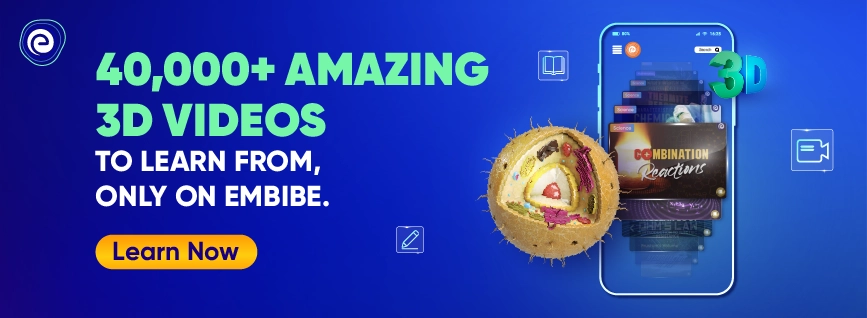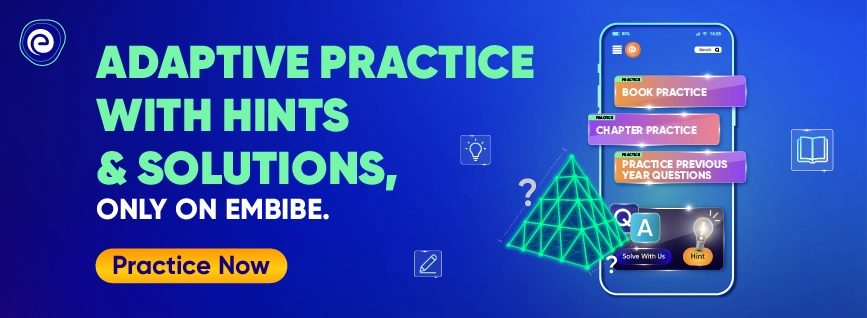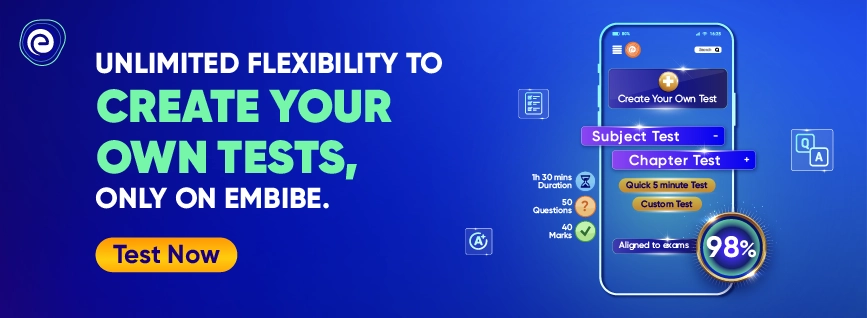- Written By
Shardul Kumar
- Last Modified 27-01-2023
Galileo’s Experiments: Experiments that Changed the World!
Galileo di Vincenzo Bonaiuti de’ Galilei was an Italian physicist and engineer in the 16th century. He was a protagonist of the Copernican theory that the Earth revolved around the Sun, which contradicted the propaganda of the Catholic church. Galileo worked in the area of applied science and technology, and developed a number of useful instruments for the military and scientific observations. His experiments became popular all over the globe, as it helped a lot of scientific research in the following years.
Galileo’s experiments fascinated the world and he proved a lot of theories as absurd after conducting experiments on them. The inferences helped in technological advancements in the fields of astronomy as well. His experiments provided valuable evidence for Newton’s Law of Motion, Gravity and Theory of Relativity.
Experiment on Newton’s First Law of Motion
Galileo proved that the objects in motion have a constant speed when no external force is applied on them. The Inertia Experiment proved that an object falling down due to gravity attains equal amount of velocity in equal time intervals as the force acting on a falling body is acceleration due to gravity. He carried out the experiment on an inclined plane with a marble rolling down. Increase in speed of a falling body was difficult to observe at that time, but with the help of an inclined plane, the rate of change could be observed and documented.
Thus, Galileo proved that the distance (s) travelled by a body was directly proportional to square of the time (t) taken to travel the distance, when the body gained speed as it travelled. (In this case, a marble rolling down an inclined plane)
The Leaning Tower of Pisa Experiment
Galileo dropped two spheres of unequal masses down the Leaning Tower of Pisa to prove that the time taken for bodies of different masses to reach the ground was equal and independent of the masses of the bodies. This negated the old idea that a heavier body would reach the ground first when dropped from same height.
Galileo also described a thought experiment in his book On Motion. He assumed that two objects (one lighter than the other), if tied with a string and thrown from equal height, should fall unequally. That is the heavier object would pull the lighter object making the string taut, but considering the system of two bodies (which is heavier than the heavy object alone), should fall faster. This contradiction led to the inference that the assumption was indeed, false.
Notable Observations of Galileo
Galileo made progress in Astronomy by constructing a telescope which had 3X magnification, and later improved it up to 30X magnification which helped him observe the Phases of Venus, Saturn’s Rings, Jupiter’s Satellites and the Moon. He even prepared a topographical chart estimating the height of the Moon’s mountains and depth of its craters. Galileo also contradicted many of Aristotle’s theories through various experiments over the years!
Galileo indeed was a legendary scientist, isn’t it?
Stay tuned to Embibe for more interesting conversations on the great scientists of the Modern Era!








































